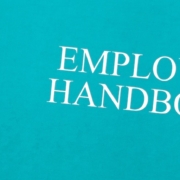How to Design a Pay Structure
By Kimberly Kafafian
Did you know there is a systematic way to analyze your employee compensation packages? If not, now is the time to invest in developing a formal pay structure; the right pay structure can make all the difference in the success of your company. A methodically devised pay structure considers more than compensation; it reflects a strategic approach to talent acquisition, motivation and retention – all of which impact success and long-term viability.
I spent the first 15-years of my HR career designing and calibrating pay structures so they remained market sensitive – meaning that as the marketplace ebbs and flows, so does the cost of labor. In designing a pay framework that aligns with industry standards, job roles, and individual contributions, organizations are better positioned to attract and retain top talent, foster a culture of fairness and transparency, and enhance employee engagement and morale, which in turn boosts productivity, and growth.
Key Steps for Designing a Pay Structure
Understand Your Goals and Values
The very first step is to identify your overall compensation policy. Do you want to lead or meet the market in terms of compensation? If you want to be a leader who attracts and retains the very best talent to drive the optimal results, you will need to offer a more competitive compensation package. Your answer sets the strategy for your pay structure.
Conduct a Job Analysis
Next, analyze every job role in your organization, noting:
- Responsibilities
- Relation, and importance, to other roles
- Necessary qualifications
- Skills needed to perform the job
Create Job Groups
Now review the culled job role data and group roles into related families, i.e., administrative, technical, creative, management, executive, etc..
Rank Job Roles
After you have created the groups, rank the jobs within each group. You can use a more informal hierarchy approach based on the value/worth of the role compared to other roles in the group, or, you can use a point factor approach that allocates points for the skills, effort, and working conditions for each role.
Do Your Research
To run a successful organization, you need to offer a competitive pay structure if you want to attract and motivate your workers. Research the salaries your competitors are paying for similar job roles. You can purchase salary data and utilize market surveys, as well as gather info from the U.S. Bureau of Labor Statistics.
Create Pay Grades and Salary Ranges.
Now you are ready to design the actual pay structure. Using the salary data you gathered, create pay grades and salary ranges for each job role. Pay grade refers to the level of compensation for workers in a certain position or similar jobs, while salary range reflects the minimum and maximum pay for an employee. Keep in mind that the typical salary range is 30% to 40%.
By following the above steps, you will have designed compensation numbers that are more in line with your goals and the competition. While designing a pay structure is an in-depth process, the long and short-term benefits are well worth the investment. Note that your pay structure should be fluid, so regularly review it to make sure it’s still aligned with market trends and employee expectations.
As HR specialists with a pulse on the market, we can help you effectively design a pay structure to help you attract and retain the talent you need to succeed. Schedule a free consultation.
















